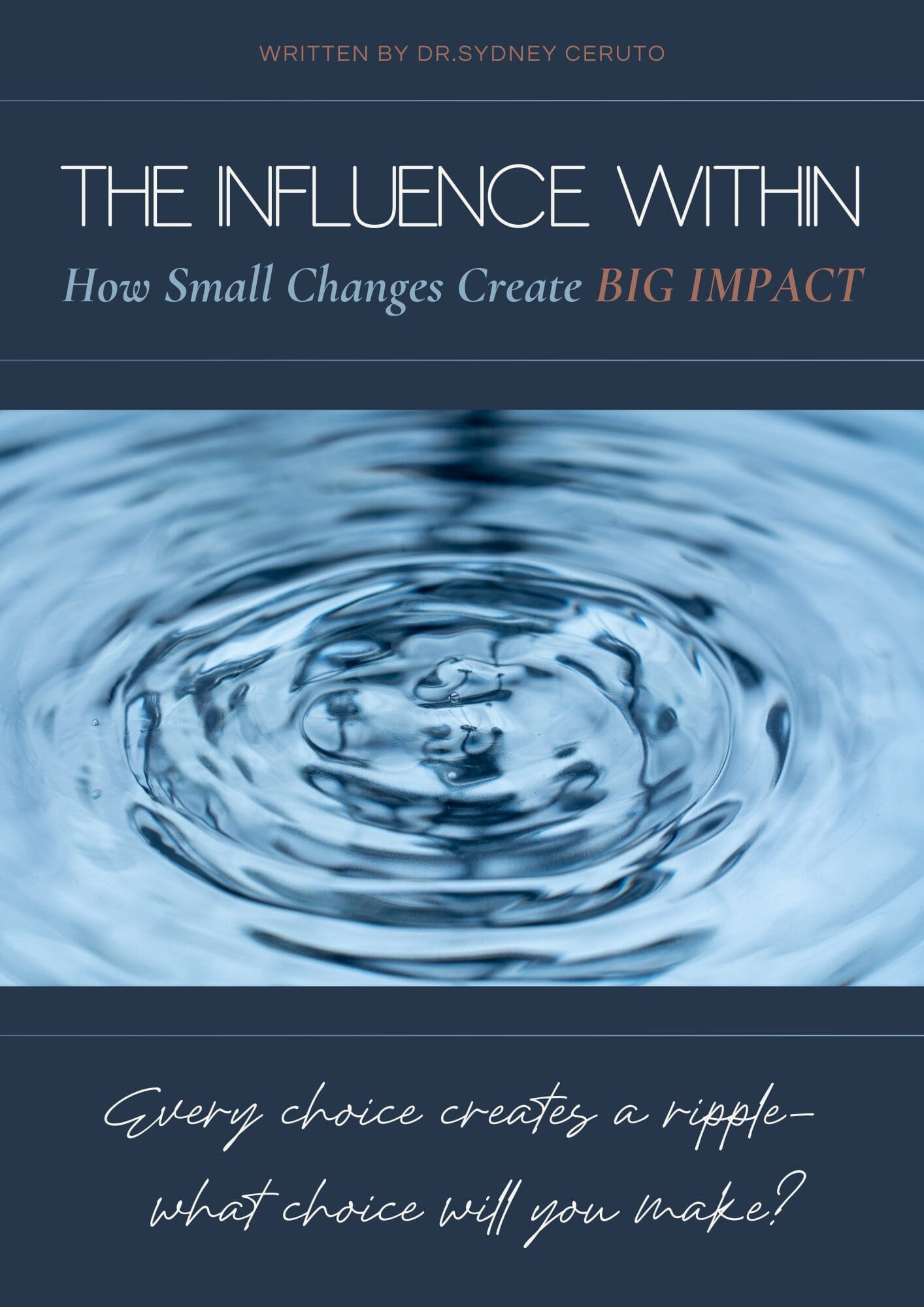What is attachment, and why is it important?
Understanding Attachment styles refers to the particular way in which you relate to other people. Your style of attachment was formed at the very beginning of your life, during your first two years.
Once established, it is a style that stays with you and plays out today in how you relate
in intimate relationships and in how you parent your children. Understanding your style
of attachment is helpful because it offers you insight into how you felt and developed in
your childhood. It also clarifies ways that you are emotionally limited as an adult and
what you need to change to improve your close relationships and your relationship with
your own children.
Early Understanding Attachment Style Patterns
Young children need to develop a relationship with at least one primary caregiver for
their social and emotional development to occur normally. Without this attachment,
they will suffer serious psychological and social impairment. During the first two years,
how the parents or caregivers respond to their infants, particularly during times of
distress, establishes the types of patterns of attachment their children form. These
patterns will go on to guide the child’s feelings, thoughts, and expectations as an adult in
future relationships.
Secure Attachment:
Ideally, from the time infants are six months to two years of age, they form an emotional
attachment to an adult who is attuned to them, that is, who is sensitive and responsive
in their interactions with them. It is vital that this attachment figure remain a consistent
caregiver throughout this period in a child’s life. During the second year, children begin
to use the adult as a secure base from which to explore the world and become more
independent. A child in this type of relationship is securely attached. Dr. Dan Siegel
emphasizes that for a child to feel securely attached to their parents or
caregivers, they must feel safe, seen, and soothed.
Avoidant Attachment:
Some adults are emotionally unavailable and, as a result, are insensitive to
and unaware of the needs of their children. They have little or no response when a child
is hurting or distressed. These parents discourage crying and encourage independence.
Often their children quickly develop into “little adults” who take care of themselves.
These children pull away from needing anything from anyone else and are self-
contained. They have formed an avoidant attachment with a misattuned parent.
Ambivalent/Anxious Attachment:
Some adults are inconsistently attuned to their children. At times their responses are
appropriate and nurturing, but at other times they are intrusive and insensitive. Children
with this kind of parenting are confused and insecure, not knowing what type of
treatment to expect. They often feel suspicious and distrustful of their parent, but at the
same time, they act clingy and desperate. These children have an ambivalent/anxious
attachment to their unpredictable parents.
Disorganized Attachment:
When a parent or caregiver is abusive to a child, the child experiences physical and
emotional cruelty and frightening behavior as being life-threatening. This child is caught
in a terrible dilemma: her survival instincts are telling her to flee to safety, but safety is
the very person who is terrifying her. The attachment figure is the source of the child’s
distress. In these situations, children typically disassociate from their selves. They
detach from what is happening to them, and what they are experiencing is blocked from
their consciousness. Children in this conflicted state
have disorganized attachments with their fearsome parental figures.
Adult Attachment Styles
Secure Personality:
People who form secure attachments in childhood have secure attachment patterns in
adulthood. They have a strong sense of themselves, and they desire close associations
with others. They have a positive view of themselves, their partners, and their
relationships. Their lives are balanced: they are both secure in their independence and
their close relationships.
Dismissive Personality:
Those who had avoidant attachments in childhood most likely
have dismissive attachment patterns as adults. These people tend to be loners; they
regard relationships and emotions as being relatively unimportant. They are cerebral
and suppress their feelings. Their typical response to conflict and stressful situations is
to avoid them by distancing themselves. These people’s lives are not balanced: they are
inward and isolated and emotionally removed from themselves and others.
Preoccupied Personality:
Children who have an ambivalent/anxious attachment often grow up to
have preoccupied attachment patterns. As adults, they are self-critical and insecure.
They seek approval and reassurance from others, which never relieves their self-doubt. In their relationships, deep-seated feelings that they will be rejected make them
worried and not trusting. This drives them to act clingy and overly dependent on their
partner. These people’s lives are not balanced: their insecurity leaves them turned
against themselves and emotionally desperate in their relationships.
Fearful-Avoidant Personality:
People who grew up with disorganized attachments often develop fearful-
avoidant patterns of attachment. Since, as children, they detached from their feelings
during times of trauma, as adults, they continue to be somewhat detached from
themselves. They desire relationships and are comfortable in them until they develop
emotionally close. At this point, the feelings that were repressed in childhood begin to
resurface and, with no awareness of them being from the past, they are experienced in
the present. The person is no longer in life today but rather is suddenly re-living an old
trauma. These people’s lives are not balanced: they do not have a coherent sense of
themselves, nor do they have a clear connection with others.
Developing an “Earned Secure Attachment”
The good news is it’s never too late to develop a secure attachment! Although your
attachment patterns were formed in infancy and can follow you throughout your life,
it is possible to develop an “Earned Secure Attachment” at any age.
One essential way to do this is by making sense of your story. After many years
of research I have conducted, the research demonstrates that the best predictor of a
child’s security of attachment is not what happened to his parents as children but rather
how his parents made sense of those childhood experiences.
The key to “making sense”
of your life experiences is to write a coherent narrative, which helps you understand how
your childhood experiences still affect you in your life today. When you create a
coherent narrative, you actually rewire your brain to cultivate more security within
yourself and your relationships.
Because our attachment ability is broken in a relationship, it is often best to be fixed in a
relationship. One of the proven ways to change our attachment style is by forming an
attachment with someone who has a more secure attachment style than what we’ve
experienced. We can also talk to a neuropsychologist, as the therapeutic relationship can
help create a more secure attachment.
We can continue to get to know ourselves by understanding our past experiences,
allowing ourselves to make sense of and feel the full pain of our stories, then moving
forward as separate, differentiated adults. In doing this, we move through the world
with an internal sense of security that helps us better withstand the natural hurts that
life can bring.






